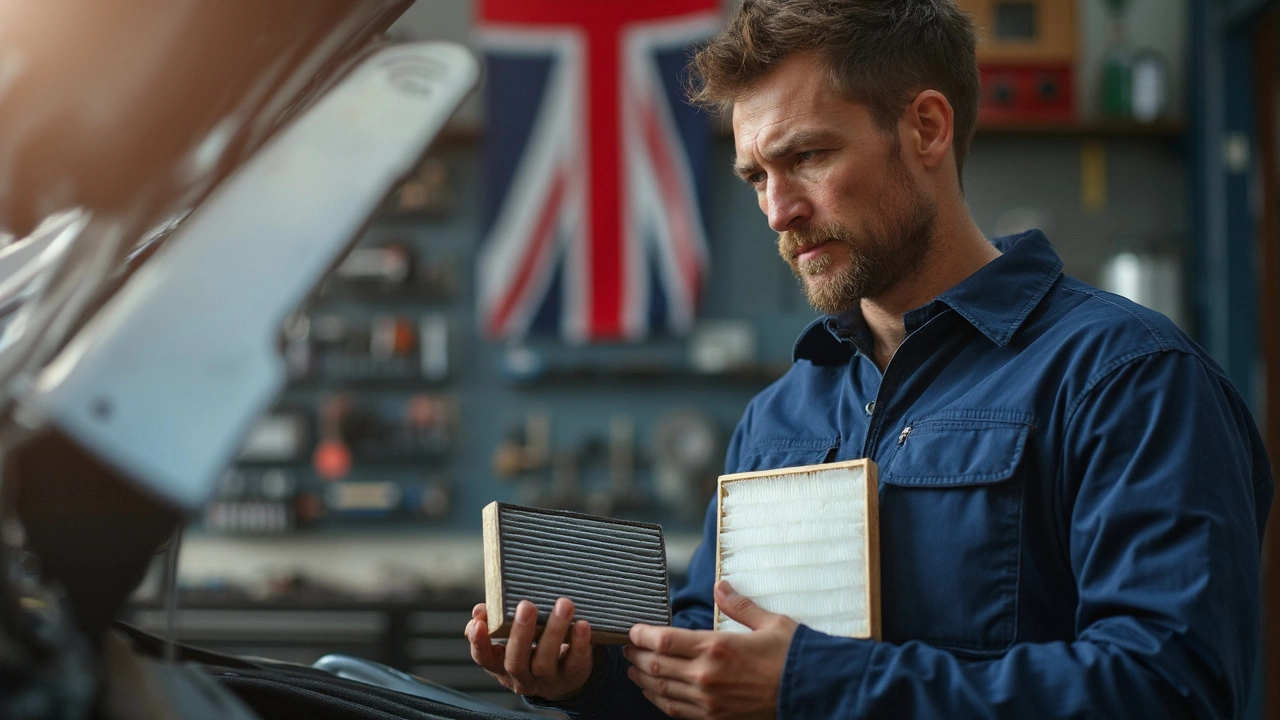Cheap vs Expensive: What Really Matters for Your Car
When you shop for a new part or an upgrade, the first question is always "cheap or expensive?" You want something that looks good, works well, and doesn’t break the bank. The truth is, price isn’t the only thing you should look at. Let’s break down the real differences so you can choose wisely.
Cheap Options – What You Actually Get
Budget parts are tempting because they let you upgrade several things at once. A set of cheap alloy wheels, for example, will give your car a fresh look and shave a few kilos off the unsprung weight. They may not be as strong as a high‑end forged wheel, but with proper care they’ll last a good few years. The same idea applies to LED bulbs. Low‑cost LEDs fit older headlights and brighten the road, yet they can flicker or have a shorter lifespan compared to premium units that use better heat‑sinks.
Even something like a carbon‑fiber spoiler has a cheap version made from a composite blend. It looks similar, but the cheaper material can warp when exposed to prolonged heat or moisture. If you live in a rainy climate, the cheap spoiler might need replacement sooner. In the world of air filters, a basic K&N drop‑in filter will let more air through than a stock paper filter, but a top‑tier model includes a better seal and cleaning kit, which helps maintain performance over time.
Overall, cheap parts let you try out a style or a performance tweak without a huge upfront cost. The downside is usually a lower durability rating and a higher chance of needing a replacement sooner.
Expensive Options – Is the Extra Cost Worth It?
Premium parts often cost more because they use higher‑grade materials and undergo stricter quality testing. A high‑end forged alloy wheel, for instance, resists bending and corrosion better than a cheaper cast wheel. That means fewer dents and a longer life, which can save money in the long run if you drive a lot or hit rough roads.
When it comes to lighting, a top‑quality LED conversion kit includes a proper heat‑sink, a reliable driver, and a warranty. You’ll get consistent brightness, no buzzing, and the bulbs can last up to five years. For carbon‑fiber components, an aerospace‑grade panel stays stiff even after years of sun exposure, and it won’t absorb water the way cheaper composites do.
High‑end air filters like the premium K&N versions come with a robust cleaning system and durable o‑rings that keep the seal tight. This translates to stable airflow, reliable power gains, and fewer worries about sensor damage. In short, expensive parts tend to offer better performance, longer life, and peace of mind.
But you don’t always need the top‑tier version. If you only drive a few hundred miles a week, a well‑chosen cheap part might be all you need. The key is to match the part’s quality to how you use your car.
So, cheap vs expensive isn’t a simple win‑lose battle. Look at the part’s material, expected lifespan, and how hard you push your car. If the upgrade will be under heavy load or you plan to keep the car for years, investing a bit more often pays off. If it’s a seasonal style tweak, the budget route can work just fine.

Cheap vs Expensive Car Air Filters: What's the Real Difference?
Curious if shelling out extra cash for an expensive car air filter is worth it? This article breaks down the real-world differences between budget and premium options. You'll find out how filtration, airflow, and long-term value stack up. Get tips on what makes a filter truly effective—not just what costs more. You'll know exactly what you're getting for your money.